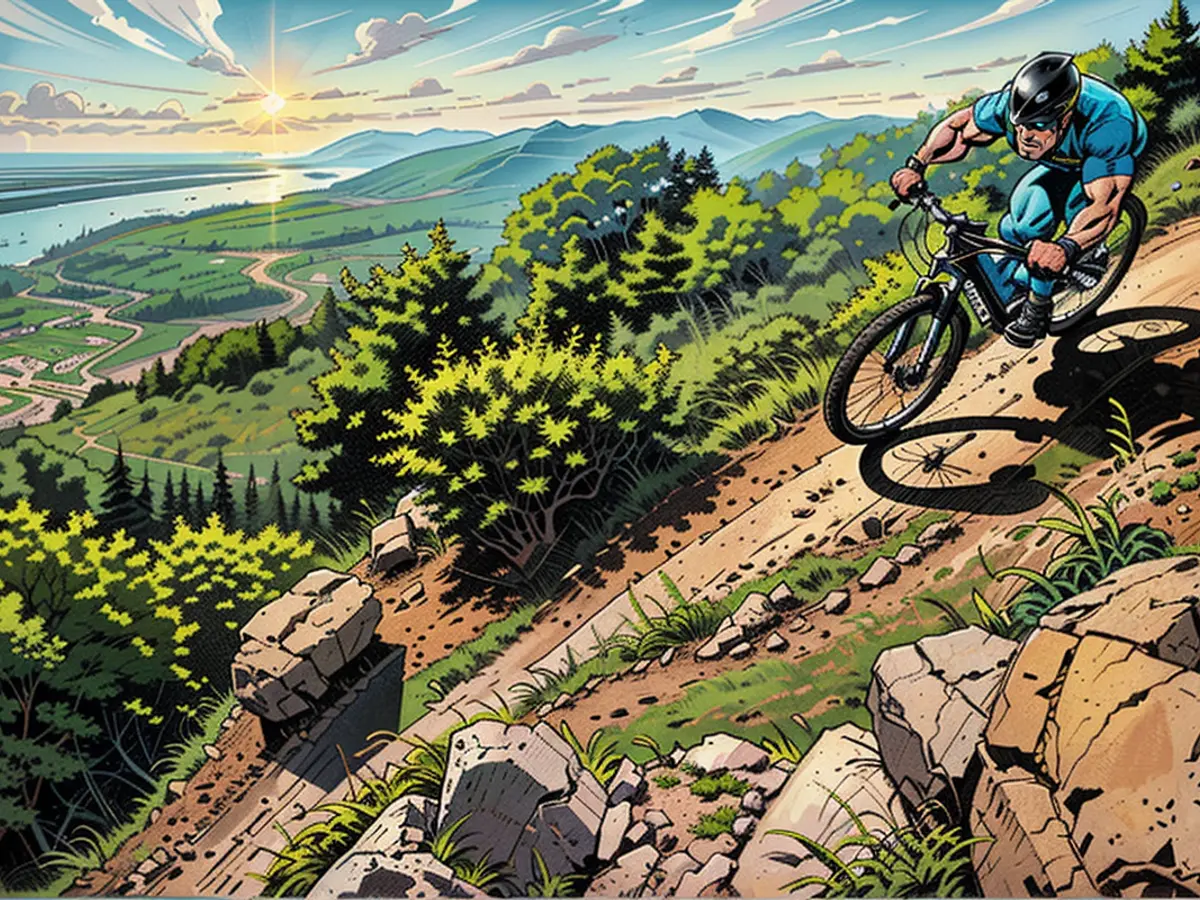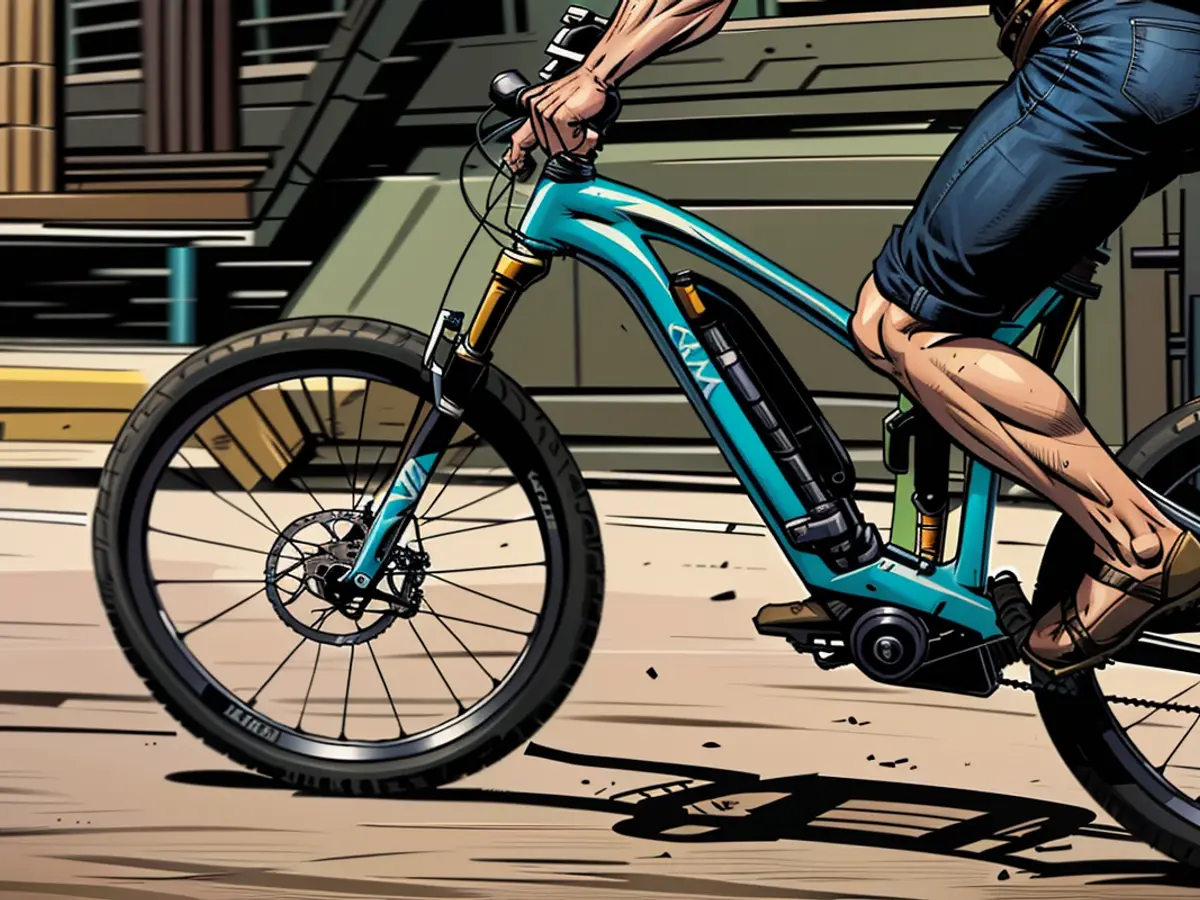Electric-powered bicycles outperform their non-motorized counterparts in terms of popularity and sales.
"Slick, smooth, secure": E-Mountain bikes are gaining popularity, even skyrocketing in some areas. Due to their frequent use in settings where their features aren't fully utilized, an expert likens them to cars. So, if you're thinking about buying a mountain bike with an electric motor, what factors should you consider?
As per André Schmidt from the magazine "Mountainbike", most folks now prefer mountain bikes with pedal assistance. "Modern E-Mountain bikes have surpassed their non-motorized counterparts," states Schmidt.
Many individuals utilize E-Mountain bikes not in their intended terrain, but in urban areas, says the expert, making a comparison to cars: "It's somewhat similar to SUVs in the city. E-Mountain bikes look great, offer comfort and security."
According to Schmidt's estimation, approximately 80% of mountain bikes sold in Germany today have an electric motor. Industry data from the bicycle industry association shows an EVEN HIGHER FIGURE: In 2023, around 820,000 E-MTBs were sold, while there were only around 95,000 conventional mountain bikes. A ratio of 9:1.
Buying Considerations
According to Schmidt, there are decent E-Hardtails, i.e., only front-fork suspension, available for beginners starting at 2000 euros, while quality E-Fullies, aka fully suspended E-Mountain bikes, cost around 4000 euros.
The frame, motor, but especially the brakes, wheels, and suspension components must be of good quality if you plan to ride in both urban and off-road environments, asserts Schmidt. "Things that enhance safety and stability," he points out. Affordable gears also perform well.
Motors come in two categories: Fullpower and Light. Fullpower models are equipped with motors delivering 85 to 90 Newton meters of assistance to the chain and can "push quite hard," according to Schmidt. However, they are heavier. Lighter E-MTBs use smaller motors, often providing 50 to 55 Newton meters. "Which is more than sufficient for many mountain bikers," states the expert. Their benefit: The weight of the wheels can be reduced to below 20 kilograms in some instances.
In light of the expert's comparison, the frequent use of E-Mountain bikes in urban areas makes them function similarly to motor vehicles in terms of comfort and security. Considering the high demand, it's worth noting that over 80% of mountain bikes sold in Germany today have electric motors, with industry data indicating an even higher figure for E-MTB sales in 2023.









